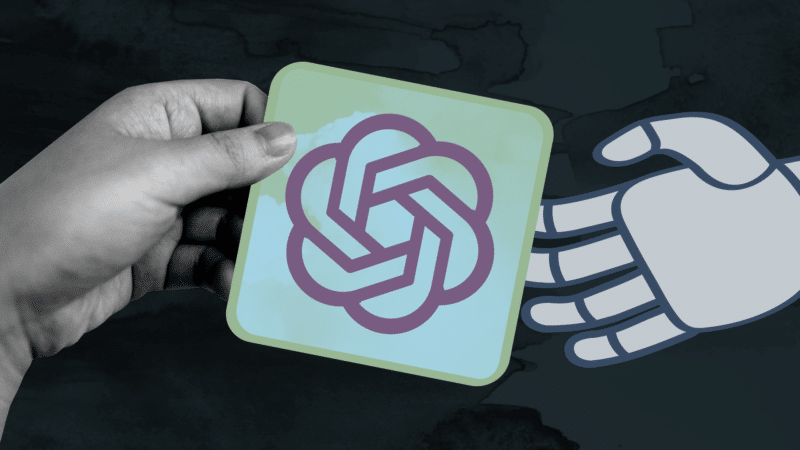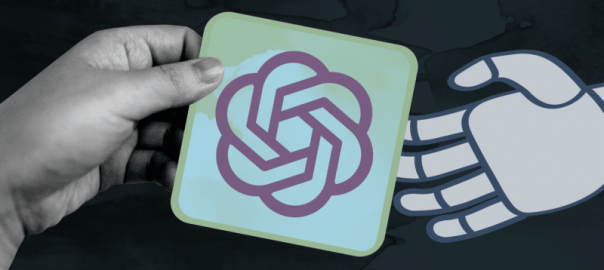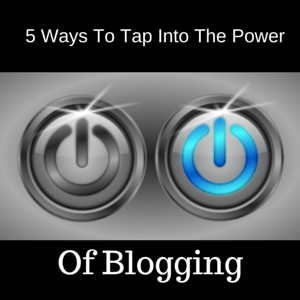Ad automation startup proves that ChatGPT’s potential is no longer theoretical—it’s practical.

The news is awash with articles about how ChatGPT might disrupt countless industries—including advertising and marketing. Yet despite all the theorizing and (often trivial) demonstrations, there have been few—if any—tangible examples of ChatGPT (and GPT-3) at work on the real-world tasks it’s supposed to upend.
Fluency, a leader in AI-enabled advertising technologies, recently introduced Muse. This new ChatGPT-enhanced tool leverages artificial intelligence to bring new levels of efficiency to common yet critical parts of the digital marketing workflow.
Here are a few ways your organization may benefit from Fluency’s ChatGPT-enhanced tool:
- Three time-consuming actions—one simple, seamless solution: If you’re creating digital ad campaign copy, there are actions you can’t avoid: writing keywords, headlines and body text. Based on a few curated prompts, Fluency Muse generates options for each of these fields, allowing you to quickly filter and edit the results, then implement them into campaigns.
- Turn restrictions into results: Muse lets you factor in considerations like negative keywords and character count limitations so you can automatically reduce the variables you have to sort through.
- Platform neutrality enables quantity and quality: From Google search to Performance Max, Facebook and Pinterest, Muse can be used to quickly and easily generate content for a variety of campaign types and platforms, all from within Fluency’s own Blueprint workflow.
Ready to bring new levels of efficiency to your digital marketing workflows? Check out Fluency’s latest blog post to learn more about Fluency’s ChatGPT-enhanced tool.
The post Leveraging ChatGPT to save advertising professionals’ time appeared first on MarTech.
(31)
Report Post








